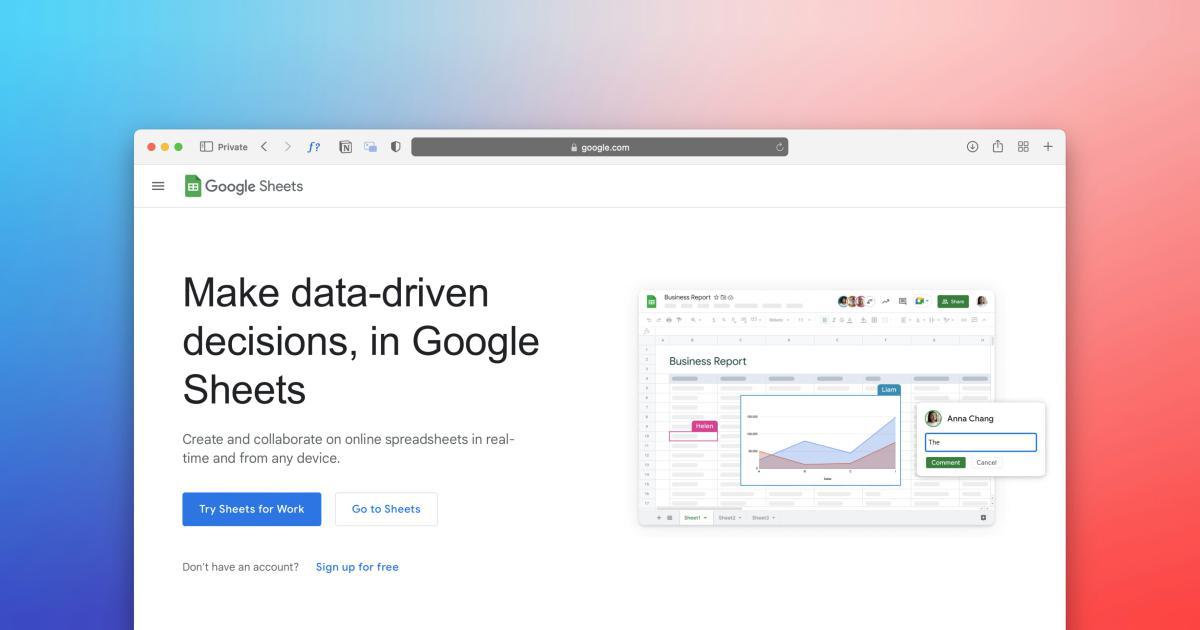Multi-Device User Behavior Tracking for Seamless Experiences


The Evolving Landscape of Multi-Device User Behavior
In the digital age, user behavior has become increasingly complex and fragmented across multiple devices. As consumers navigate their daily lives, they seamlessly transition between smartphones, tablets, laptops, and even smart home devices, blurring the lines between online and offline experiences. Understanding this multi-device user behavior is critical for businesses seeking to deliver personalized, cohesive experiences that drive engagement, loyalty, and long-term success.

The Rise of Multi-Device Ownership
The proliferation of connected devices has transformed the way users interact with digital content and services. According to a recent study, the average consumer now owns and regularly uses more than three devices, with smartphones, laptops, and tablets being the most common. This multi-device ownership has significant implications for businesses, as users expect a consistent and personalized experience regardless of the device they are using.
The Importance of Cross-Device User Behavior Tracking
Effectively tracking and analyzing user behavior across multiple devices is essential for businesses to gain a comprehensive understanding of their customers. By leveraging cross-device user data, organizations can:
Personalize the User Experience: Utilize insights from multi-device user behavior to tailor content, recommendations, and interactions to individual preferences and needs, leading to higher engagement and loyalty.
Optimize Omnichannel Strategies: Gain a unified view of the customer journey, enabling businesses to seamlessly integrate and optimize their online and offline touchpoints for a cohesive experience.
Enhance Marketing Effectiveness: Leverage cross-device user data to improve targeted advertising, content distribution, and campaign optimization, driving more efficient and effective marketing initiatives.
Inform Product and Service Development: Incorporate multi-device usage patterns and pain points into the product development process, ensuring that digital offerings are designed to meet the evolving needs of the modern consumer.
The Challenges of Multi-Device User Behavior Tracking
While the benefits of cross-device user behavior tracking are substantial, businesses face several challenges in effectively capturing and utilizing this data, including:
Device Fragmentation: With the proliferation of smartphones, tablets, laptops, and an increasing array of connected devices, tracking user behavior across this diverse ecosystem can be complex and resource-intensive.
Identity Resolution: Accurately linking user activity across multiple devices to a single individual is a critical but often difficult task, requiring advanced data integration and identity management capabilities.
Data Privacy and Regulation: Strict data privacy laws, such as the General Data Protection Regulation (GDPR) and the California Consumer Privacy Act (CCPA), place significant restrictions on the collection and use of personal data, necessitating a thoughtful and compliant approach to multi-device user behavior tracking.
Technological Limitations: Legacy systems and outdated infrastructure may struggle to handle the volume, velocity, and variety of data generated by multi-device user behavior, limiting the ability to generate actionable insights in a timely manner.
Strategies for Effective Multi-Device User Behavior Tracking
To overcome these challenges and unlock the full potential of cross-device user behavior tracking, businesses must adopt a comprehensive, multi-faceted approach. Here are some key strategies to consider:
Leveraging Cross-Device Identification Techniques
Accurate user identification across multiple devices is the foundation of effective multi-device user behavior tracking. Businesses can employ a range of techniques to link user activity to a single identity, such as:
Device Fingerprinting: Analyzing the unique characteristics of a device, such as its hardware configuration, software settings, and browsing history, to create a unique identifier for each user.
Probabilistic Matching: Using statistical models and machine learning algorithms to infer the likelihood that multiple devices belong to the same user based on various behavioral and contextual signals.
Deterministic Matching: Directly linking devices to a user's account or login credentials, providing a more reliable but potentially more intrusive method of identity resolution.

Implementing Robust Data Integration and Management
Effectively tracking multi-device user behavior requires the seamless integration of data from various sources, including websites, mobile apps, connected devices, and offline touchpoints. Businesses should adopt a comprehensive data management strategy that includes:
Data Unification: Consolidating user data from disparate sources into a centralized, unified customer profile, enabling a holistic view of the customer journey.
Data Enrichment: Supplementing user behavior data with additional contextual information, such as demographic, psychographic, and location data, to gain deeper insights into user preferences and patterns.
Data Governance: Establishing clear policies, processes, and controls to ensure the quality, security, and compliance of multi-device user data, addressing privacy concerns and regulatory requirements.

Leveraging Advanced Analytics and Machine Learning
To extract meaningful insights from the vast amounts of multi-device user behavior data, businesses should embrace advanced analytics and machine learning techniques, such as:
Predictive Modeling: Utilizing predictive analytics to forecast user behavior, identify potential churn, and personalize content and offers based on anticipated needs and preferences.
Behavioral Segmentation: Clustering users into distinct segments based on their multi-device usage patterns, enabling more targeted and effective marketing and product strategies.
Anomaly Detection: Identifying unusual user behavior patterns that may indicate potential fraud, security threats, or opportunities for product and service improvements.

Fostering a Data-Driven Culture
Implementing effective multi-device user behavior tracking requires more than just technological solutions – it also necessitates a cultural transformation within the organization. Businesses should:
Promote Data Literacy: Empower employees at all levels to understand, interpret, and act upon multi-device user behavior insights, breaking down silos and fostering a data-driven mindset.
Encourage Cross-Functional Collaboration: Facilitate seamless collaboration between teams, such as marketing, product, and customer experience, to ensure that multi-device user behavior insights are leveraged holistically across the organization.
Continuously Iterate and Improve: Adopt an agile, iterative approach to multi-device user behavior tracking, regularly reviewing and refining strategies, processes, and technologies to keep pace with evolving user behaviors and market trends.

Transforming the Customer Experience with Multi-Device User Behavior Tracking
By effectively leveraging multi-device user behavior insights, businesses can unlock a wealth of opportunities to enhance the customer experience and drive long-term success.
Delivering Personalized, Omnichannel Experiences
Seamlessly integrating user behavior data across devices enables businesses to create personalized, omnichannel experiences that cater to the unique needs and preferences of each customer. This can include:
- Personalized product recommendations and content based on cross-device browsing and purchasing patterns
- Seamless transitions between devices, allowing users to pick up where they left off on a different device
- Consistent branding, messaging, and promotions across all touchpoints, both online and offline

Optimizing the Customer Journey
By mapping the customer journey across multiple devices, businesses can identify pain points, bottlenecks, and opportunities for improvement. This, in turn, allows them to:
- Streamline and optimize the user experience, reducing friction and improving conversion rates
- Enhance content and functionality based on device-specific user preferences and behaviors
- Proactively address customer needs and concerns, delivering a more satisfying overall experience

Driving Engagement and Loyalty
Leveraging multi-device user behavior insights can help businesses foster deeper engagement and loyalty with their customers. Strategies may include:
- Delivering personalized, cross-device promotions and offers to incentivize continued engagement
- Providing a seamless, consistent experience that encourages users to switch between devices without disruption
- Developing targeted content and features that cater to user preferences and usage patterns across devices

Expanding Revenue Opportunities
By gaining a comprehensive understanding of user behavior across devices, businesses can unlock new revenue streams and optimize existing ones, such as:
- Developing device-specific subscription models or in-app purchases
- Implementing more effective cross-device advertising and retargeting strategies
- Identifying high-value user segments and targeting them with tailored product or service offerings

Conclusion: Embracing the Future of Multi-Device User Behavior Tracking
As the digital landscape continues to evolve, the ability to effectively track and analyze multi-device user behavior will become increasingly critical for businesses seeking to thrive in the modern, omnichannel world. By adopting a comprehensive, data-driven approach to cross-device user behavior tracking, organizations can unlock a wealth of opportunities to deliver personalized, seamless experiences, optimize the customer journey, drive deeper engagement and loyalty, and expand their revenue potential.